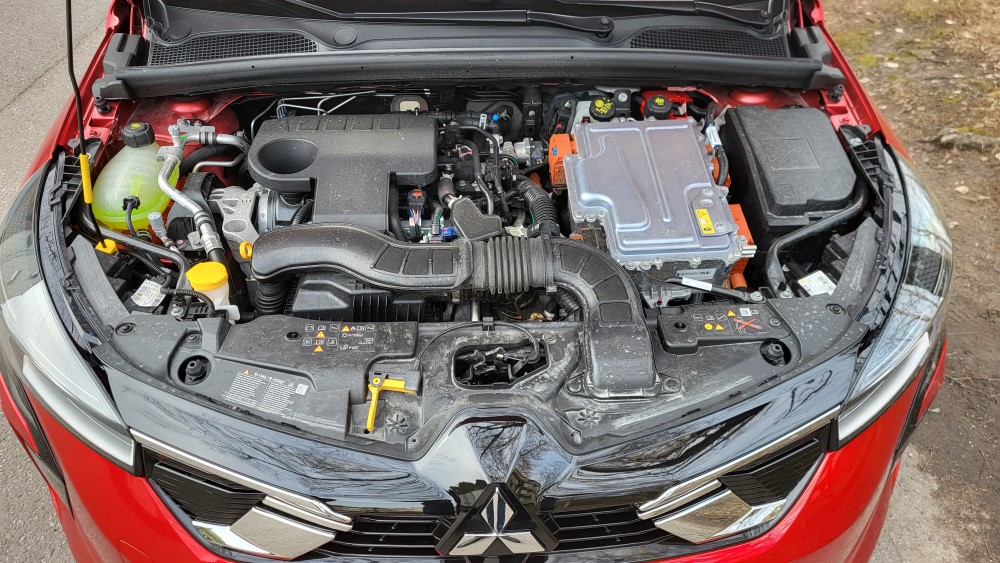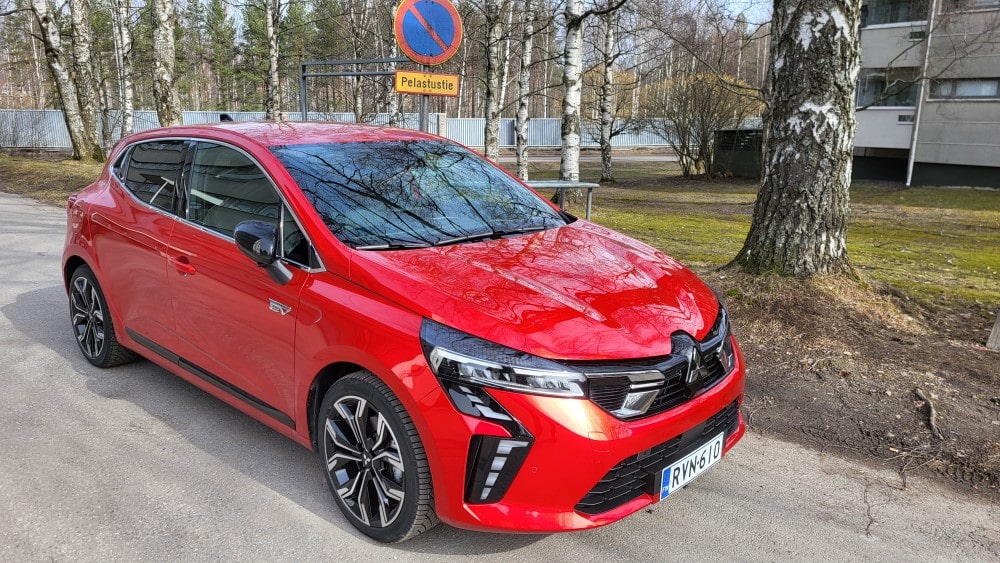Text by Juha Remes
Autotoday test drove a 2024 model year Mitsubishi Colt 1.6 Hybrid Instyle.
When I sat in the test car, I felt very nostalgic from the 1980s, when I had last sat in a Mitsubishi Colt. Back then, small cars were commonplace, often used by large families for everyday and holiday travel. Back then, the Mitsubishi Colt was a more expensive car than the average, but one that fewer people could afford.
Over the decades, the demands on motoring have changed a lot. Today, the Colt, is better suited to a household of two, than for larger family travel. The car in the test drive represents the seventh generation of the Colt, built on the CMF-B platform in collaboration with the Renault-Nissan-Mitsubishi alliance.
Equipment and pricing
Prices for the model range from €19,990 upwards for the 90 hp petrol engine ( Invite 1.0L MPI-T 90 hp) model, while prices for the hybrid model range from €25,990 depending on the equipment level.
The test-driven model was powered by a 1.6L, 94 hp petrol engine, and combined with an electric motor it produced a combined output of 143 hp, 205 Nm of maximum torque.
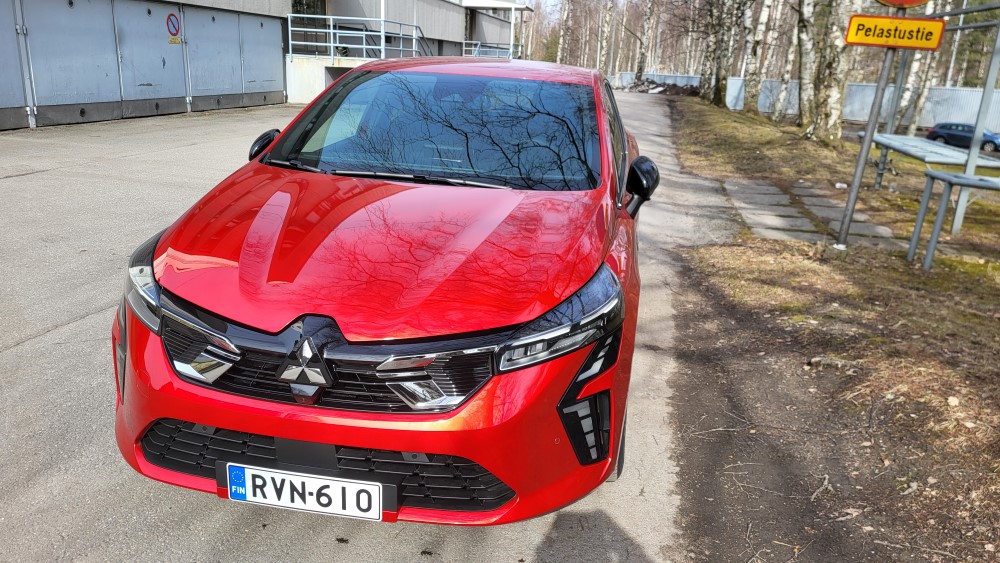
The range of options on the test car was quite lavish. The equipment included: lane departure warning, forward collision warning, adaptive cruise control, blind spot warning, traffic sign recognition, parking assist, radar both front and rear, wireless smartphone charging, cross traffic alert when reversing, intelligent keyless central locking, automatic high beam headlights, reversing camera, automatic air conditioning, heated steering wheel, BOSE stereo system, 9.3″ smart screen and 10″ driver’s digital instrument display.
Externally, there are also 17-inch alloy wheels, LED lights front and rear, metallic paint and silver-chrome body side trim. The car comes with a 5-year manufacturer’s warranty. The price of the test drive with equipment was €31,990, of which €1,918.71 is car tax.
High quality overall impression
For a small car, our test car had an unusually generic equipment package that gave a high-quality overall impression. The overall appearance of the Colt, both outside and inside, was striking.
When I sit in a new car, I always try to adapt to the technology of the car I’m driving, without manuals or separate instructions.
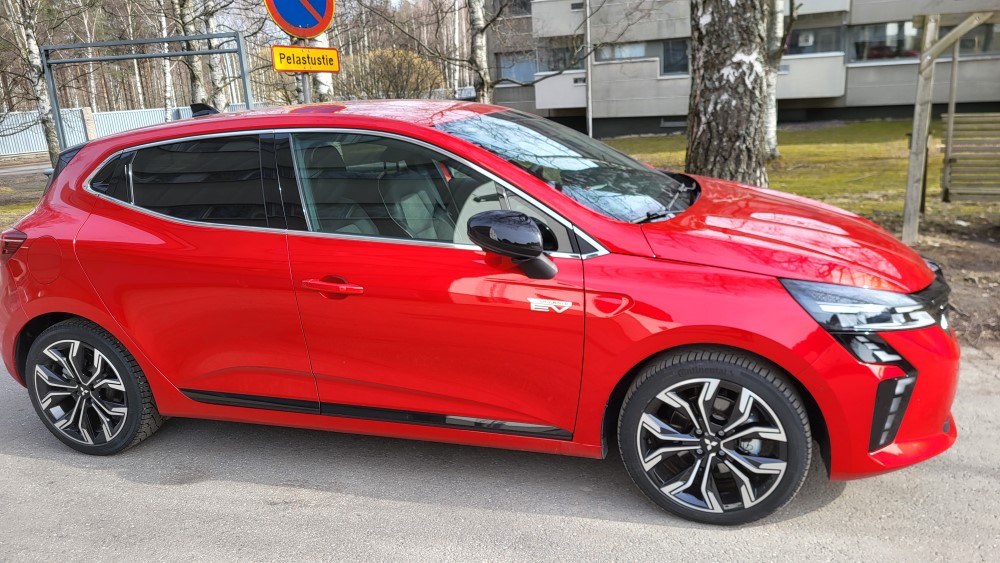
This car’s controls were clear and there is a separate switch on the console for almost every function.
All functions seemed very logical and were easy to learn. The car’s controls became familiar to me within minutes, and I was ready for a test drive. The controls and driving turned out to be really easy, and all the driving functions were comfortably within easy reach, even while driving.
Test driving in varying conditions
Our test drive totalled 394 km, using 23.8 litres of petrol. This resulted in an average consumption of 6.0 litres per 100 km (the manufacturer’s consumption figure is 4.3 litres per 100 km).
Our drive included a wide range of tests: on the motorway at 120 km/h, on a traditional road with overtaking ability, on a little uneven gravel road and in the city on narrow streets.
The car’s performance was quite lively, even with two people and a couple of hundred kilos of luggage on board.
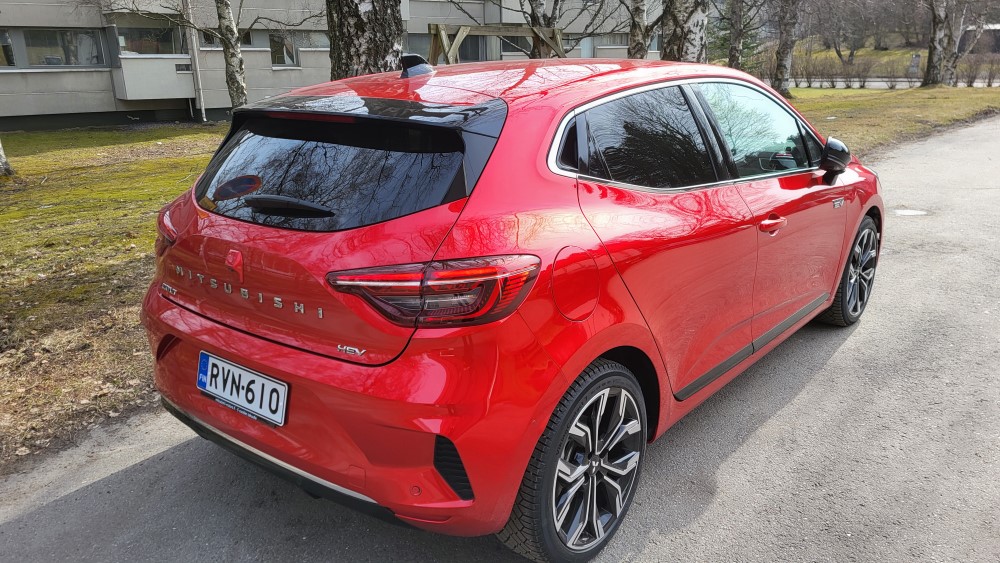
When driving on the road with a load, the car was very stable, and it sat firmly on the road. The Colt also handled quite well on the spring’s slippery gravel roads.
The Colt was also smooth on the winding road, where the very steep bends were negotiated without any significant speed loss when entering the bends. Overall, regardless of the road, the ride was stable and the steering responded well to steering movements.
This was a positive surprise for me, as often there are clearly distracting shortcomings in the handling of cars of this size, at least on some road surfaces, but not this time, and not in these conditions.
Unfortunately, the car was still fitted with friction tyres from the winter, which added to the tyre noise inside. This was particularly pronounced and distracting when driving on the motorway. On the other hand, on a traditional highway, when driving at 80 km/h, the tyre noise was reduced to a very low background noise.
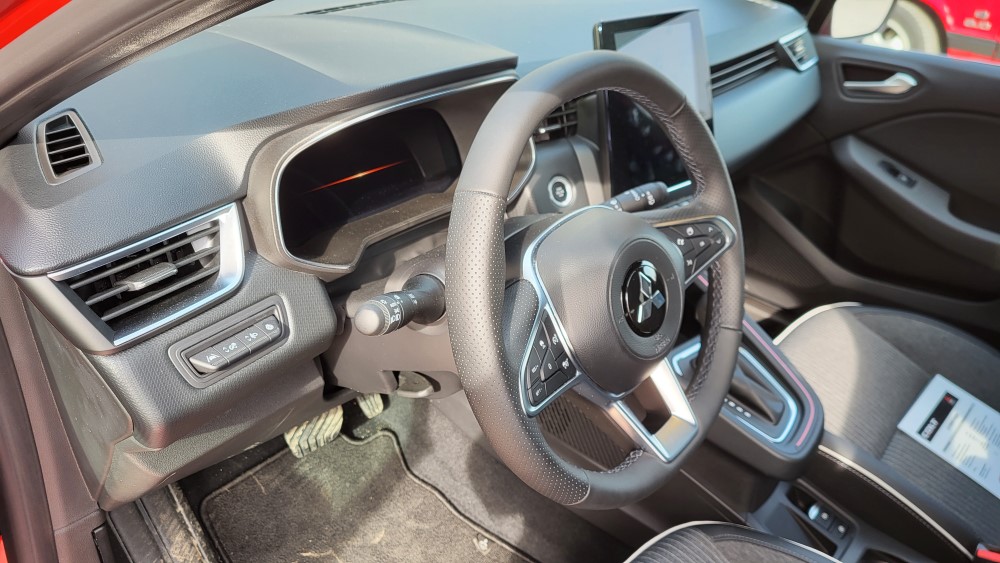
On gravel roads and uneven road surfaces, the suspension and damping of the car was quite good, and even when entering bends on uneven and even partly muddy gravel roads, the car was very controllable. But the unevenness of the road was felt quite strongly in the steering wheel.
When overtaking, the car has an acceleration of 9.3 seconds to 100 km/h, according to the manufacturer. This felt good enough and overtaking safely on the road was well managed. The car felt very reliable and when overtaking, it responded well to the accelerator pedal without much delay.
The Colt offers the best handling in the city
In city driving, and the car’s agility when driving in shopping centre car parks, were the Colt’s greatest strengths. This car is really well suited for city driving, as well as for shorter journeys.
The driver’s seat could have been longer for the ride, offering a bit more longitudinal knee support, and in general, the driver could have had a bit more cabin space.
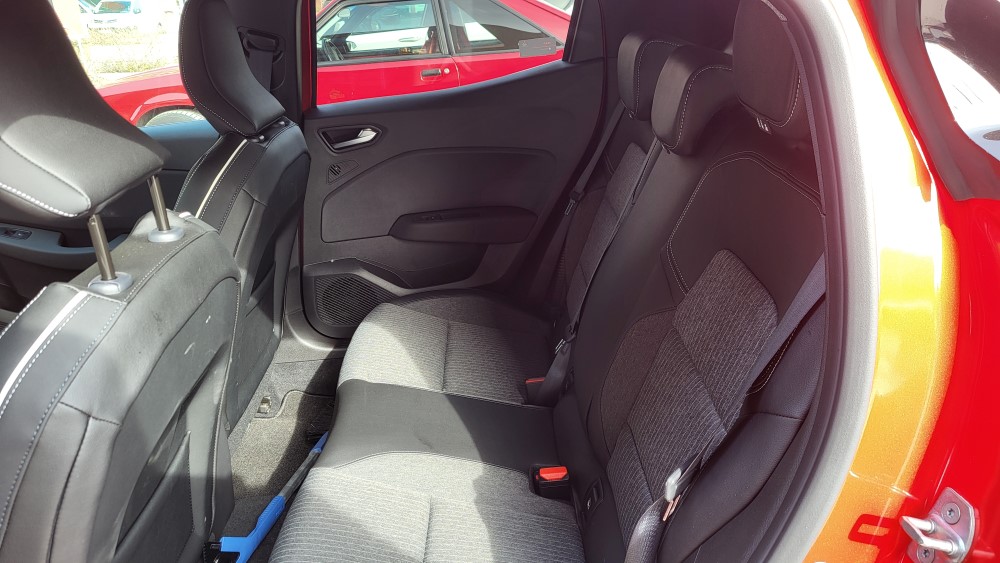
For me, as a medium sized driver, the cabin space felt a bit cramped, so a larger sized driver may have even more trouble adjusting to the cabin.
The positioning and size of the mirrors was well-optimised for the driver’s driving position and visibility in different directions was good. Particularly noteworthy was the ease of parking and manoeuvring the car. The parking radar at the front and rear, together with a clear camera display, were particularly pleasing additions to the driver assistance.
Even in a small space, the car was very manoeuvrable. With this equipment, the Colt is also very well suited to drivers who drive less frequently and may find parking a bit of a challenge.
Screens as part of the console
Another positive feature was the 9.3-inch smart screen, ergonomically well positioned in the centre of the console. The functionality of the screen was very user-friendly. The touch screen menus were clear and easy to understand.
The touch screen was very responsive and the functions were also easy to select on the fly by both the driver and co-driver. The navigator was easy to use and addresses were easy to find.
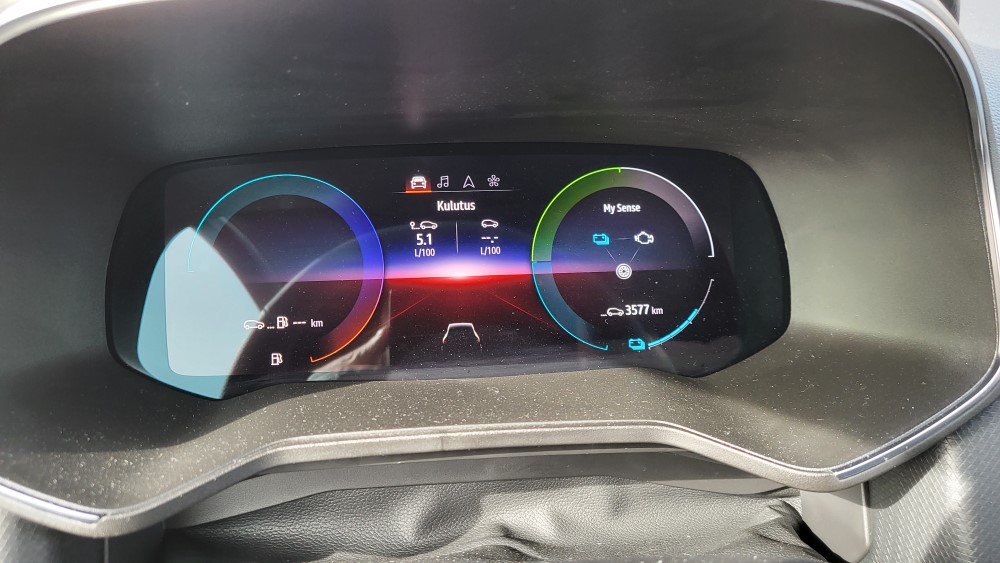
The speed cameras were also particularly positive, as they came with the navigator. This can be a good help for many drivers in keeping up with speed limits.
Surprisingly large boot
The car can also be fitted with a towbar, and then the towing capacity allows for a towing capacity of 655 kg for an unbraked trailer. Trying this with such a small and rather light front-wheel drive car could have been a fun test, especially how this towing capacity would have behaved on the road, or especially if the trailer were to be towed along the slightly steeper traditional Finnish cottage roads.
One surprise was the boot space, which I found surprisingly large when looking at the car from the outside. The cargo area drops partly under the rear seats, opening up a bit of extra space, but at the same time lifting things can be more of an effort. For me, however, the biggest challenge was opening the tailgate. This is easily done with the button on the car’s remote control, but I could not find a separate button inside the car to open the tailgate without having the remote control in my hand at all times.
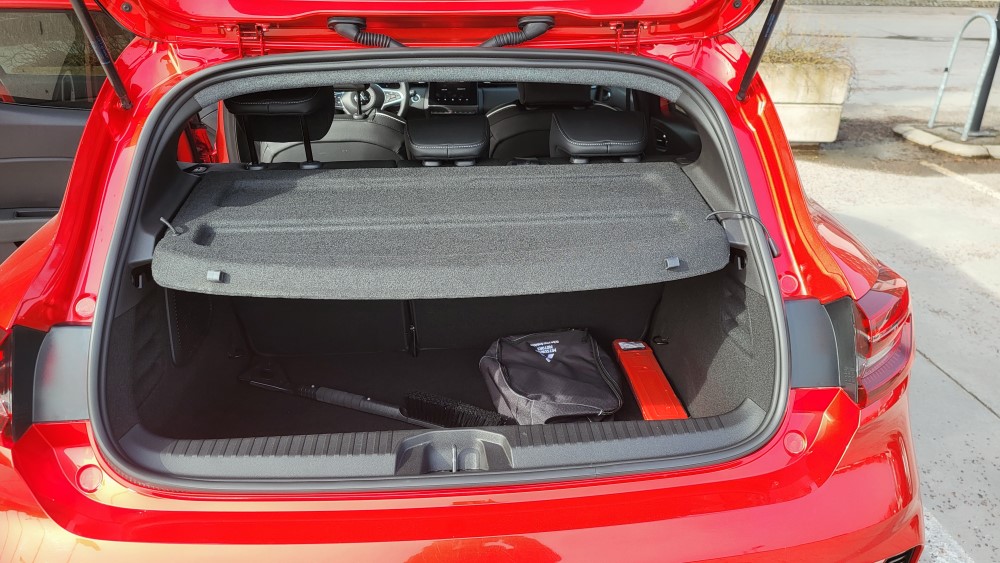
For me at least, having that remote always within reach seems a bit odd, especially if the boot is being loaded or emptied by someone other than the driver. This comes up if someone else comes on board or leaves the ride, putting his own game bag behind or taking it out when staying on the way, for example at the bus stop.
Of course, the driver probably has the remote control of the car with him/her when the driver is travelling alone and gets out of the car. So that’s what this remote control solution is for, yes.
Another puzzling detail had to do with the gear lever, where the [B] boost [D] drive positions are sequential without a separate lock, making it quite easy for the gear to slip into the [B] position involuntarily.
A positive experience
Overall, the Colt was a very positive driving experience. The car feels like a quality car, but at the same time the price tag shows that quality does not come for free.
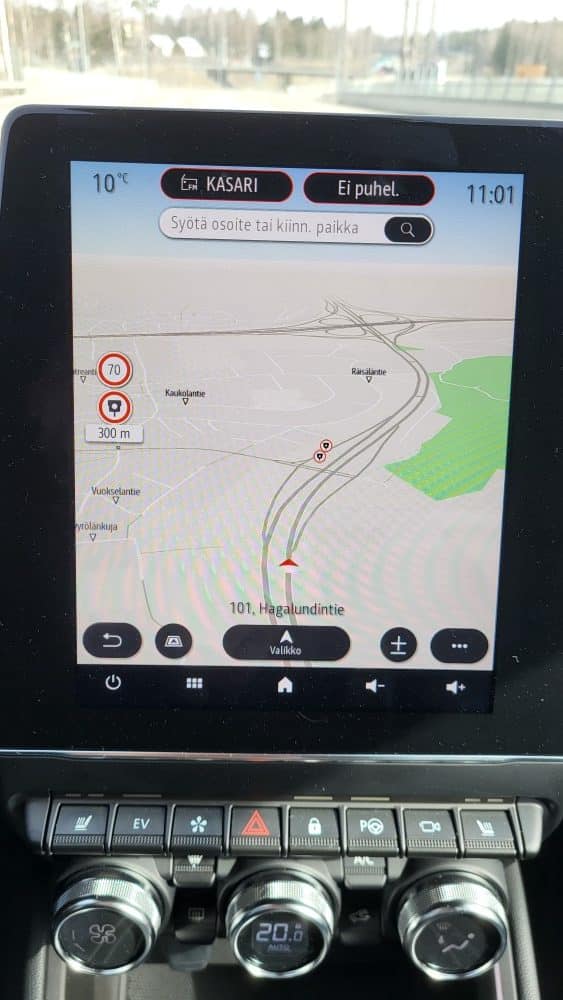
If you compare the price, the Colt is more expensive than many of its competitors on the market, and you can also find slightly more spacious mid-size family cars for the same price.
In my opinion, the Colt is quite suitable as a second car for a family and is worth a test drive for that purpose. It will certainly also serve a smaller household well if you travel longer distances less regularly.
Mitsubishi Colt 1.6 Hybrid Instyle
- Combustion engine power: 69 kW (94 hp).
- Combined power with electric and internal combustion engine: 105 (143 hp)
- Maximum engine torque: 205 Nm.
- Acceleration: 9.3 sec (0-100 km/h) and top speed 180 km/h
- Manufacturer’s declared combined fuel consumption: 4.3l/100km (CO2 emissions 96g)
- Fuel tank capacity: 39 litres
- Tare weight: 1 360 kg
- Luggage compartment: 301 litres
- Traction: front-wheel drive
- Wheelbase: 2 683 mm
- Length: 4053 mm, width: 1798 mm and height: 1439 mm
- Towing capacity: 655 kg (without brakes) and 900 kg (with brakes).
- Starting price: €19 990 (petrol model) €24 990 hybrid model
- Test drive price: €31 990
